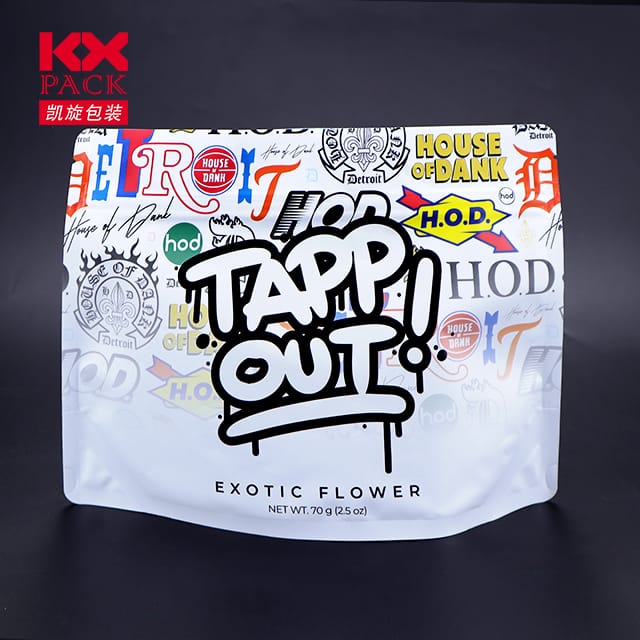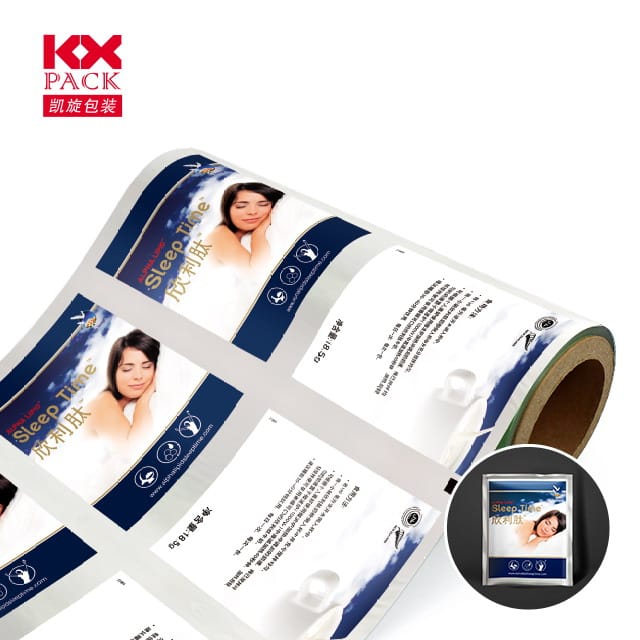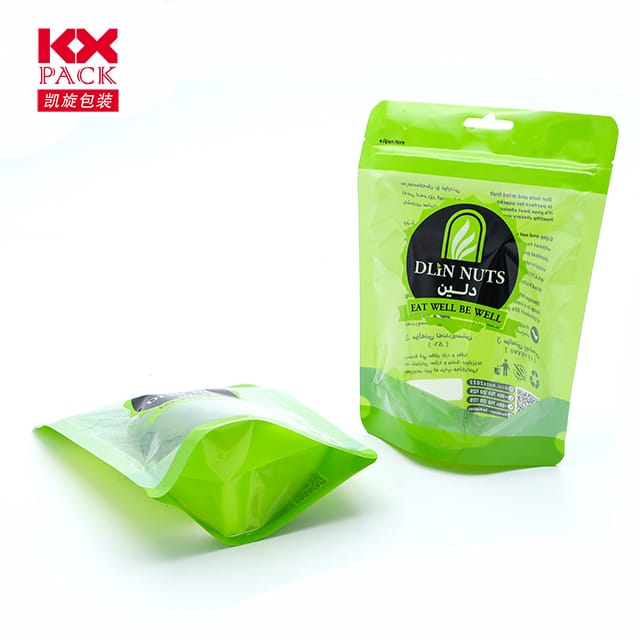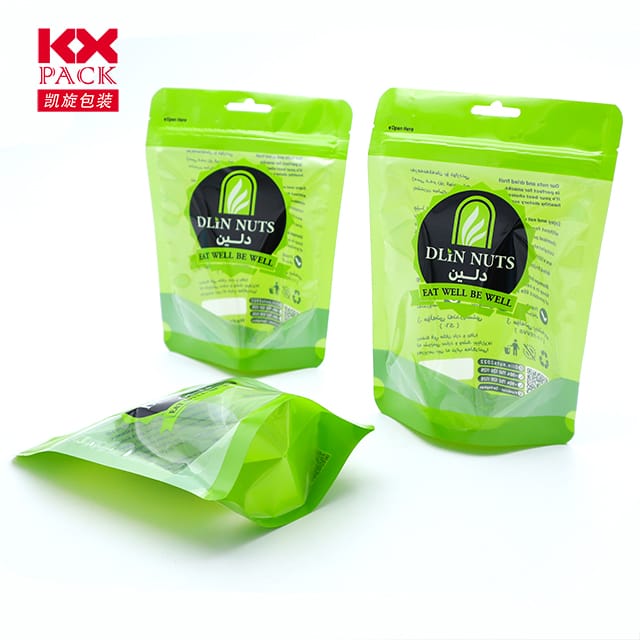Le monde polyvalent des rouleaux de films plastiques: Applications, Avantages, et durabilité
Rouleaux de films plastiques
Dans le monde au rythme rapide d'aujourd'hui, plastic film rolls have become an indispensable part of numerous industries and everyday life. From packaging and agriculture to construction and healthcare, these flexible sheets of plastic offer a multitude of applications, thanks to their durability, rentabilité, et l'adaptabilité. Let’s delve into the versatile world of plastic film rolls, exploring their uses, avantages, and the growing emphasis on sustainability within this sector.
1. Diverse Applications Across Industries
Plastic film rolls come in various types, including polyethylene (PE), polypropylène (polypropylène), chlorure de polyvinyle (PVC), et plus, each tailored to specific needs. Here are some key sectors where plastic film rolls play a crucial role:
- Packaging Industry: Plastic films are widely used for food packaging, providing a barrier against moisture, oxygène, et contaminants, thus extending shelf life. They’re also utilized in the packaging of consumer goods, électronique, et produits pharmaceutiques, ensuring products reach consumers in pristine condition.
- Agriculture: Agricultural films, such as greenhouse covers and mulch films, enhance crop growth by regulating temperature, conserving water, and controlling weeds. These films contribute to increased yields and resource efficiency in farming.
- Construction: In construction, plastic films are used as vapor barriers, insulation wraps, and temporary protective coverings for floors, fenêtre, and furniture during renovations. They help maintain a clean and safe work environment while protecting surfaces from damage.
- Soins de santé: Medical-grade plastic films are essential for manufacturing disposable items like gloves, gowns, and surgical drapes. Their sterile and impermeable properties are vital for infection control in healthcare settings.
2. Benefits of Using Plastic Film Rolls
The widespread adoption of plastic film rolls can be attributed to several advantages they offer:
- Rentabilité: Plastic films are generally more affordable than alternative materials, making them a preferred choice for businesses looking to optimize their packaging and operational costs.
- Lightweight and Flexible: Their lightweight nature reduces transportation costs, while flexibility allows for easy customization and application across different shapes and sizes.
- Durability and Protection: Plastic films provide excellent protection against physical damage, humidité, and UV radiation, ensuring the integrity of the enclosed products.
- Ease of Use: Plastic film rolls are easy to handle, cut, and seal, streamlining production processes and improving efficiency.
3. The Push Towards Sustainability
While plastic film rolls offer numerous benefits, their environmental impact has sparked concerns about plastic waste and pollution. In response, the industry is increasingly focusing on sustainability through several initiatives:
- Recyclable and Biodegradable Options: Manufacturers are developing plastic films that are easier to recycle or biodegrade, reducing their environmental footprint. Innovations include compostable films made from renewable resources like cornstarch.
- Lightweighting: Reducing the thickness of plastic films without compromising their performance helps minimize material usage and waste. This approach, known as lightweighting, is gaining traction as a sustainable strategy.
- Circular Economy Practices: Encouraging the recycling and reuse of plastic films within a closed-loop system promotes resource efficiency and reduces the demand for virgin plastics.
- Conformité réglementaire: Governments and regulatory bodies are implementing stricter guidelines on plastic waste management, pushing companies to adopt more sustainable practices and materials.
4. Choosing the Right Plastic Film Roll
When selecting a plastic film roll, it’s essential to consider factors such as the intended application, environmental conditions, et des objectifs de durabilité. Here are some tips to guide your decision:
- Assess Your Needs: Determine the specific requirements of your application, including thickness, transparence, force, and resistance to chemicals or UV light.
- Consider Environmental Impact: Opt for recyclable or biodegradable options if sustainability is a priority. Look for certifications like the “OK Compost” label for compostable films.
- Evaluate Suppliers: Choose reputable suppliers who prioritize quality, innovation, et durabilité. Ask about their recycling programs and commitment to reducing environmental impact.
Conclusion
Plastic film rolls are a testament to human ingenuity, offering a versatile and cost-effective solution across various industries. Cependant, as we strive for a more sustainable future, it’s crucial to balance their benefits with environmental responsibility. By choosing eco-friendly options, supporting circular economy practices, and advocating for responsible waste management, we can ensure that plastic film rolls continue to serve their purpose while minimizing their impact on our planet. Donc, the next time you unroll a sheet of plastic film, remember its potential to contribute to a greener, more sustainable world.







